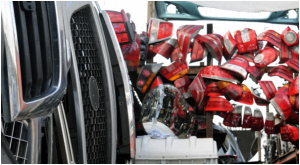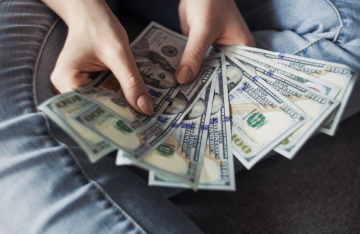The packaging may look just like the real thing, but counterfeit car parts carry a hidden cost. Counterfeiting is currently worth hundreds of billions of dollars a year worldwide, with knock-off designer goods and consumer tech making up a large part of the market. The difference is that if your dodgy handbag falls apart or your DVD doesn’t play, the results aren’t life-threatening.

Image Credit
So serious is the problem that the UK government has launched a campaign to raise awareness of counterfeiting along the supply chain. The message? Don’t source your own spares: let the experts do it.
What Are Counterfeit Car Parts?
Unlike replacement parts, a counterfeit part aims to fool people into thinking it’s the real thing. Counterfeiters tend to focus on parts that are frequently replaced – filters, bearings, seals, lighting, and brakes. Counterfeit Chinese brake pads made from compacted grass have recently entered the market.
If you’re in the motor trade and you get caught out by the counterfeiters, you could be liable for any resulting problems, so make sure you have the relevant motor trade insurance by visiting a specialist comparison site like www.quotemetoday.co.uk/motor-trade-insurance/ and getting covered.
Why Counterfeit Parts Are Bad News
Not only can you damage your reputation by using counterfeit parts, but you’ll also be putting lives at risk. There are huge safety risks in using these types of parts – tires can shred or explode, wheel rims buckle when going over a speed bump, electrical items can cause fires and brake pads won’t stop your speeding car.

Image Credit
When fake parts fail, they put everyone at risk, not just a driver and their passengers. An out-of-control vehicle is a huge hazard.
Use Genuine Parts
It can be tough telling fake from real sometimes, but buying from a reputable seller rather than through an online site can help you to source genuine OEM parts for your repairs. If you find parts at a bargain price from a seller you don’t know, the chances are that they’re counterfeit.
However good the packaging looks, be on the lookout for telltale signs like smeared logos or the wrong colors on the packaging. Lack of trademarks and misspelled directions can also be signs that your parts are not the real deal. If you think you’ve bought a fake, contact a trusted mechanic to check it out.



